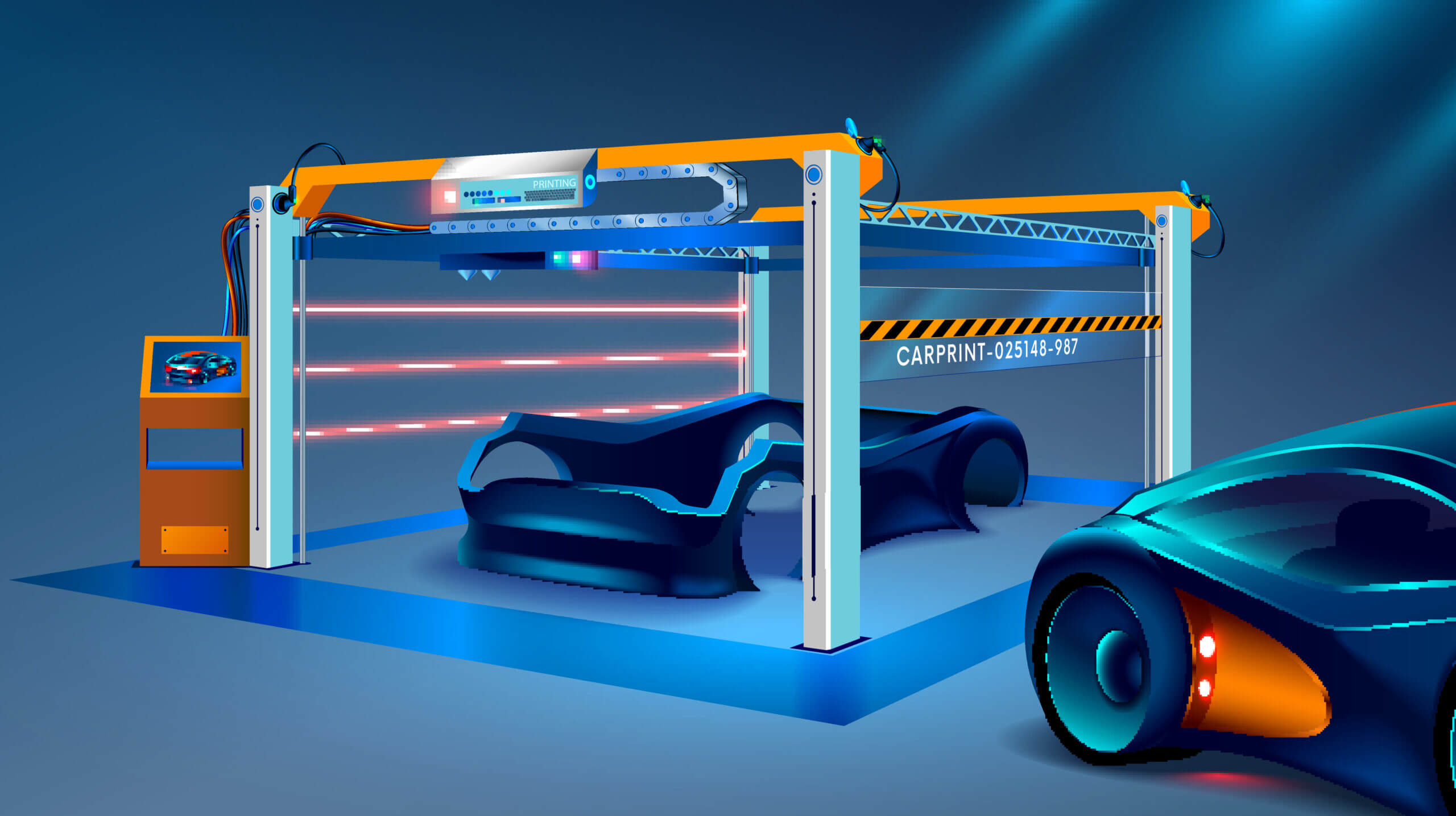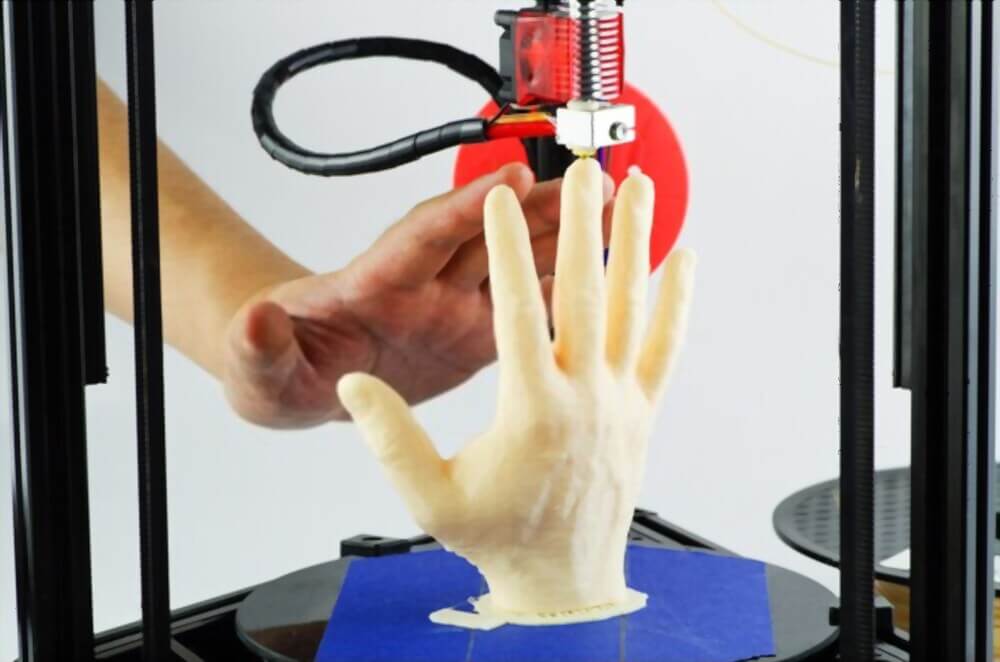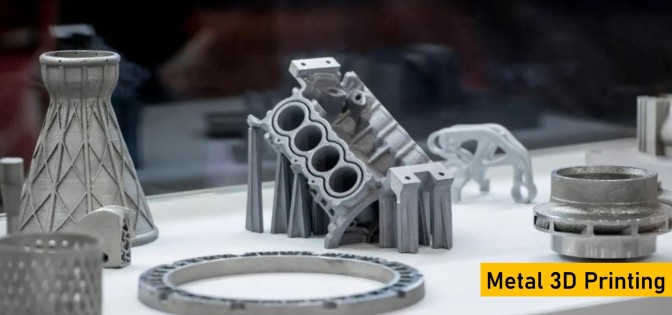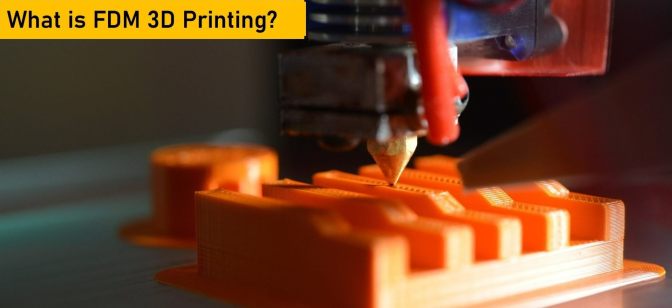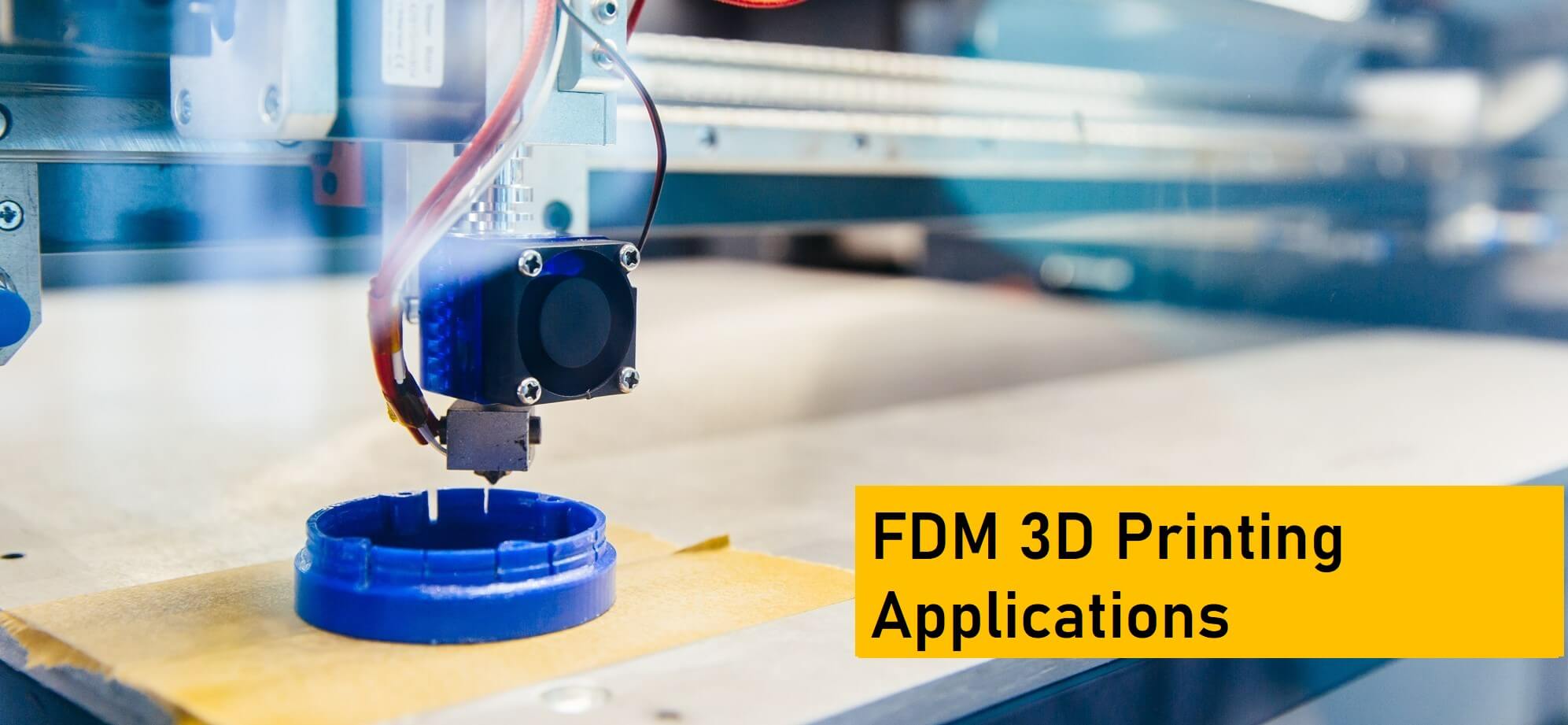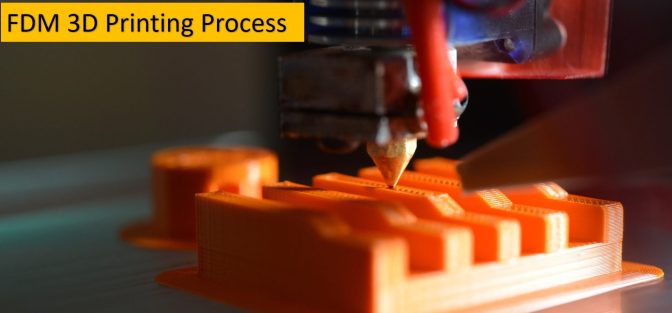In the age of Industry 4.0, no business can increase revenue, gain market share, and promote customer loyalty without fostering innovations. Companies and startups these days foster innovation in a variety of ways. But successful companies differentiate themselves from competitors by leveraging next-generation technologies like additive manufacturing or 3D printing.
3D printing technologies make businesses innovative by facilitating rapid prototyping, on-demand production, and low-volume manufacturing. Also, they have been transforming industries by reconfiguring existing business models and controlling operational costs.
3D printing companies in India help businesses in various sectors to become innovative by switching from subtractive manufacturing to additive manufacturing. Some of these companies make it easier for companies to create prototypes and produce parts by supplying different 3D printing machines and materials.
At the same time, many companies help businesses overcome skill and budget constraints by providing customized 3D printing services. Each of these companies contributes towards making 3D printing technologies accessible, affordable, and sustainable in the emerging economy. We are highlighting some of the most innovative 3D printing companies in India based on their offerings and contributions.
Identifying Some of the Most Innovative 3D Printing Companies in India
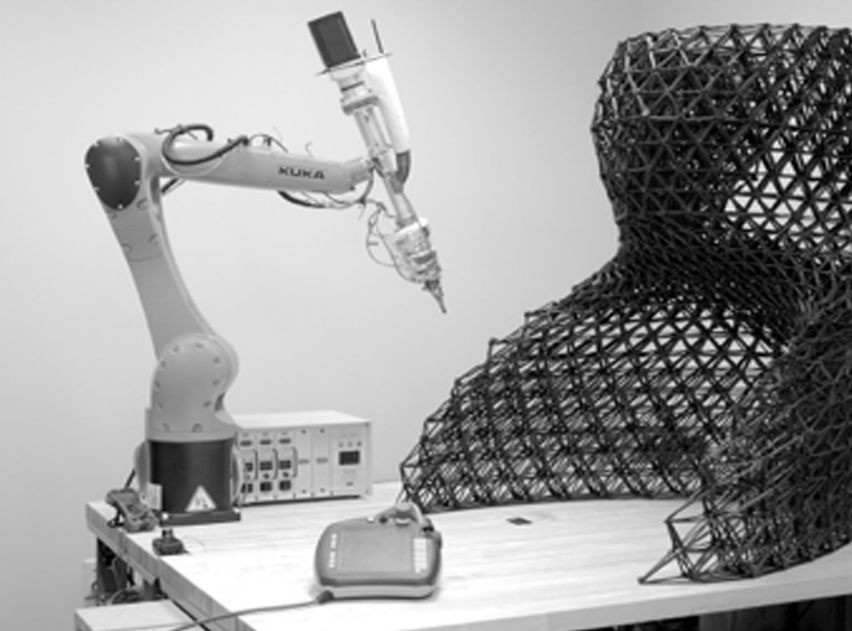
Aurum3D is one of the hottest 3D printing companies in Bangalore. It has been providing 3D designing, 3D printing, and 3D scanning services to both individual and enterprise clients. The customized 3D printing services provided by Aurum3D make companies and startups innovative across industries - manufacturing, engineering, automotive, aerospace, defense, education, and medical.
The Bangalore-based company allows clients to customize 3D printing services by combining the appropriate 3D printing machines and materials. The experienced 3D printing professionals at the company ensure dimensional accuracy and improveprint quality. Also, Aurum3D improves customer satisfaction by reducing 3D printing time and cost at once.
3D Systems
3D Systems is one of the largest 3D printing companies in India. It helps businesses innovate by making it easier for them to buy and use 3D printers. At present, it supplies plastic, metal, and metal-casting 3D printers. Also, the company has developed specialized 3D printing machines for companies in the dental and jewelry industries.
In addition to supplying 3D printing machines and materials, 3D Systems provides consulting and maintenance services. Hence, businesses partner with 3D Systems to purchase the right 3D printer and use the machine without deploying an in-house support team. 3D System has already supplied 3D printers to customers from many industries.
Fractal Works
Fractal Works is one of the innovative 3D printing companies in India that supplies 3D printers as well as provides 3D designing and printing services. It allows customers to choose from several desktop, professional, and industrial 3D printing machines. The desktop 3D printer is powered by FFF 3D printing technology, while the industrial 3D printers are driven by SLA 3D printing technology.
At the same time, customers can get the 3D printing services provided by Fractal Works to produce parts and prototypes on demand. Fractal Works stands out from the crowd by supplying 3D printers to customers in the manufacturing, entertainment, education, automotive, dental, jewelry, and engineering industries.
Brahma3
The Bangalore-based startup surprised competitors by launching the first indigenously developed 3D printer in India – Brahma3 Anvil. The team of designers and engineers focuses extensively on making Brahma3 Anvil accessible to schools, colleges, small companies, and startups. The startup keeps the price of commercial 3D printers low by partnering with open-source communities.
Also, Brahma3 Anvil produces parts through an industrial 3D printing process – stereolithography (SL). The process is effective in producing parts with complex geometries. Hence, individuals and enterprises can use Brahma3 Anvil without a hefty upfront investment. The startup encourages enthusiasts, students, and hobbyists to design for 3D by running a designer-in-residence program.
Imaginarium
Imaginarium helps businesses innovate and experience by setting up an all-in-one store. Customers can visit the online store to choose from a wide range of 3D printing hardware and software. They have the option to buy desktop and professional 3D printing machines developed by leading manufacturers.
At the same time, the additive manufacturing services provided by Imaginarium help businesses produce prototypes, spare parts, production parts, and concept models on demand.
At present, Imaginarium provides both polymer and metal 3D printing services to customers. The customers also have the option to get specialized jewelry manufacturing and patient-specific healthcare solutions provided by Imaginarium.
Fabheads
The Chennai-based 3D printing company helps businesses promote innovation by supplying continuous fiber 3D printers. At present, Fabheads allows clients to choose from F Series Continuous Fiber 3D Printer and G Series Amazingly Intelligent and User-Friendly 3D Printer. At the same time, it produces customized 3D printers for clients according to their precise needs.
In addition to being user-friendly, the 3D printers developed by Fabheads come in various sizes and support different materials. They are further powered by cloud-based 3D printing software. Fabheads make it easier for clients to use its 3D printers by supplying customized continuous fiber materials and providing technical support.
Think3D
Think3D helps businesses transform processes by providing access to the largest digital manufacturing facility in India. Companies and startups from various sectors partner with this Hyderabad-based 3D printing company to leverage over 69 in-house machines. Also, the team of technically-qualified professionals at Think3D has already produced more than 4 million parts for 10000 customers across industries.
Think3D provides 3D designing, 3D printing, and 3D scanning services to clients in the manufacturing, automotive, architecture, and medical industries. It creates opportunities for businesses to innovate by allowing customers to choose from a wide range of 3D printing materials. Hence, it becomes easier for businesses to get customized 3D printing services at competitive prices.
Conclusion
Many companies and startups contribute towards making additive manufacturing technologies accessible, sustainable, and scalable in India. But some companies stand out from the crowd by producing industry-specific 3D printers or providing superior and customized 3D printing services. Many organizations highlight these innovative 3D printing companies in India by appreciating their contributions and achievements.
